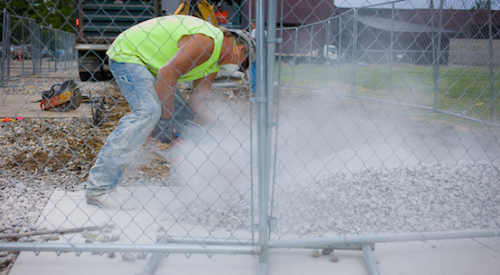Few residential construction issues are more contentious and polarizing than infrastructure funding. Often, the answer is to impose impact fees on new construction, which is a one-dimensional “solution” to a complex problem.
“Special districts are quite simply more reliable as well as more equitable revenue sources,” says Deb Bassert, NAHB assistant vice president for land development and design. “They can be used more easily with other financing tools, and they are much more of a positive collaboration between the public and private sectors.”
The age-old pressure points in the development approval process have also returned. It’s all too easy for communities to bump impact fees on new homes to pre-recession levels in order to pay for roads, schools, water, sewer, and so on.
Yet impact fees are an imperfect tool for financing infrastructure because you can’t spend them until they accumulate, they rise and fall with the pace of construction, and they unfairly burden new development to solve a broader community need. They are often based on flawed assumptions and are improperly spent. Relying on them during the construction boom that preceded the recession didn’t help the infrastructure challenge.
Special districts are an alternative that meets the needs of both private development and the public sector, according to the report’s authors, Carter T. Froelich, CPA and Lucy Gallo of DPFG, the Development Planning and Financing Group. The report, “An Overview of Special Purpose Taxing Districts,” was paid for by NAHB’s Land Development Committee, and can be found online at nahb.org/specialdistricts.
The advantages of special districts over impact fees include:
• Special districts cover a specific geographic area and there is a clearer connection between the taxes and assessments levied by a special district and the benefits that the residents in the special district receive because they cover a specific geographic area.
• Special district taxes and assessments are levied annually and are not rolled up into the home price and mortgage.
• Special districts draw upon a pool of citizens to finance public infrastructure and don’t place this financial burden solely on new residents.
• Special districts often require the preparation of an annual budget, thereby making them more accountable and transparent to residents.
• Special districts may be used in combination with other financing mechanisms and can accelerate the financing of public improvements in advance of growth. PB
ABOUT NAHB: The National Association of Home Builders is a Washington, D.C.-based trade association representing more than 140,000 members involved in remodeling, home building, multifamily construction, property management, subcontracting, design, housing finance, building product manufacturing, and other aspects of residential and light commercial construction. For more, visit nahb.org.















